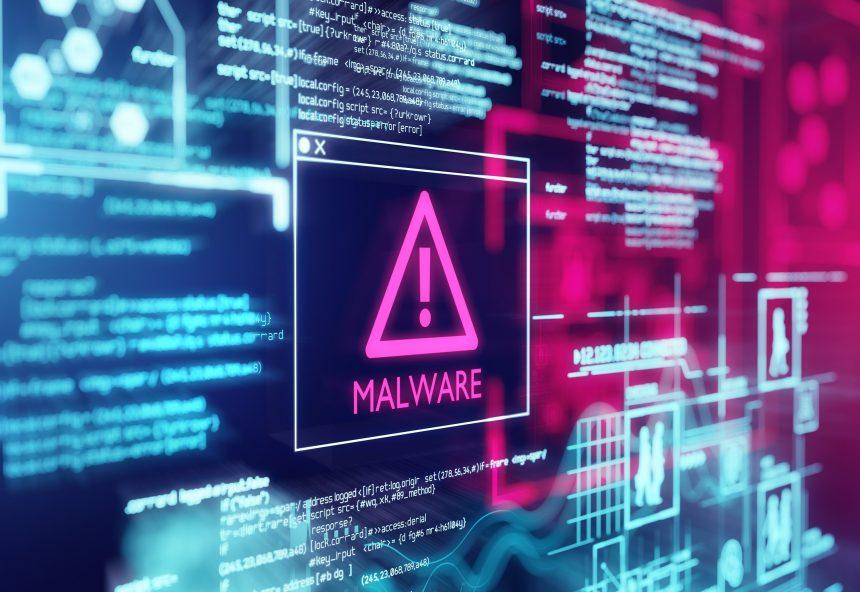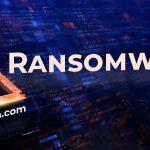In the realm of cybersecurity, threats like the Backdoor:MSIL/Quasar!atmn malware have become increasingly prevalent. This article aims to shed light on the nature of this malware, how it spreads, effective methods to handle it, and best practices for safeguarding your system against future encounters.
What is Backdoor:MSIL/Quasar!atmn Malware?
Backdoor:MSIL/Quasar!atmn is a malicious software known as a backdoor. Backdoors are designed to provide unauthorized remote access to an infected system. Unlike legitimate remote access tools, Backdoor:MSIL/Quasar!atmn does not seek your permission. Once it infiltrates your system, cybercriminals gain control over your computer, allowing them to access files, monitor communications, and extract personal data.
Distribution Methods
Backdoor:MSIL/Quasar!atmn, like many malware variants, employs various distribution methods to infiltrate systems. Common distribution methods include:
- Email Attachments: Cybercriminals may send phishing emails with malicious attachments that, when opened, install the backdoor on the victim’s computer.
- Malicious Websites: Visiting compromised or malicious websites can trigger drive-by downloads, installing Backdoor:MSIL/Quasar!atmn without the user’s knowledge.
- Software Vulnerabilities: Exploiting vulnerabilities in software or operating systems is another way this malware can infiltrate a system.
- Pirated Software: Downloading cracked or pirated software from untrustworthy sources increases the risk of encountering malware like Backdoor:MSIL/Quasar!atmn.
Dealing with Backdoor:MSIL/Quasar!atmn
If you encounter the “Backdoor:MSIL/Quasar!atmn” alert, it is crucial to take action promptly. Here are steps to deal with this malware:
- Isolate Infected Systems: Disconnect the infected computer from the internet to prevent further communication with the command and control server of the malware.
- Remove the Malware: Run a full system scan with the anti-malware tool and follow its instructions to remove Backdoor:MSIL/Quasar!atmn.
- Update Software: Keep your operating system, software, and security applications up to date to patch vulnerabilities that malware can exploit.
- Change Passwords: After removing the malware, change all passwords, especially those for sensitive accounts, to prevent unauthorized access.
- Regular Backups: Create and maintain regular backups of important files and data to ensure you can recover your information in case of an attack.
Best Practices for Prevention
To avoid falling victim to Backdoor:MSIL/Quasar!atmn and similar malware, consider the following best practices:
- Exercise Caution with Email: Be wary of unsolicited emails and avoid opening attachments or clicking on links from unknown or suspicious sources.
- Safe Browsing: Visit trusted websites and avoid downloading software from unverified sources.
- Regular Updates: Keep your operating system and software updated to mitigate vulnerabilities.
- Use Strong Passwords: Employ complex and unique passwords for your accounts, and consider using a password manager.
- Educate Yourself: Stay informed about the latest cybersecurity threats and educate yourself on safe online practices.
Conclusion
The Backdoor:MSIL/Quasar!atmn malware poses a significant threat in the world of cybersecurity. Its ability to clandestinely infiltrate systems and grant unauthorized access to cybercriminals underscores the importance of being vigilant and proactive in defending against such malicious software. By understanding the nature of this threat, its distribution methods, and the necessity of timely detection and removal, users can take steps to protect their digital assets and privacy.
To mitigate the risk of falling victim to Backdoor:MSIL/Quasar!atmn and similar malware, it is imperative to adhere to best practices for cybersecurity. Keeping software and operating systems up-to-date, exercising caution when dealing with email attachments and unverified downloads, and educating oneself on social engineering tactics are crucial steps in fortifying your digital defenses. Implementing robust passwords and two-factor authentication, alongside using reputable anti-malware tools and maintaining regular system scans, further bolsters your protection.
As the landscape of cybersecurity continues to evolve, staying informed and proactive is the key to safeguarding your digital environment. By following these guidelines and remaining vigilant, you can reduce the risk of a devastating breach and maintain the security and integrity of your digital presence in an ever-changing online world.





